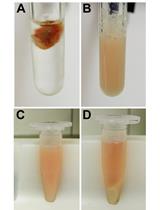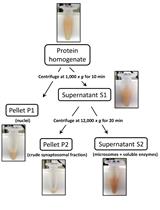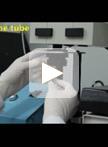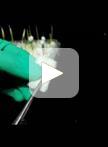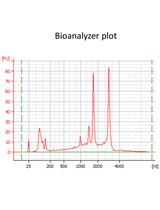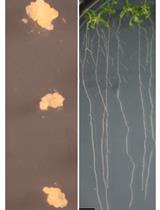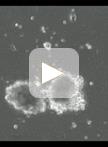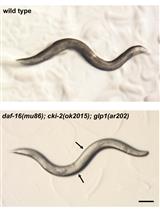往期刊物2017
卷册: 7, 期号: 15
生物化学
Separation and Purification of Glycosaminoglycans (GAGs) from Caenorhabditis elegans
秀丽隐杆线虫糖胺聚糖(GAG)的分离和纯化
Purification of FLAG-tagged Secreted Proteins from Mammalian Cells
从哺乳动物细胞中纯化FLAG标记的分泌蛋白
Membrane Lipid Screen to Identify Molecular Targets of Biomolecules
采用膜脂筛查法鉴定生物分子的分子靶点
Isolation of Keratan Sulfate Disaccharide-branched Chondroitin Sulfate E from Mactra chinensis
中国蛤蜊中硫酸角质素二糖-支链硫酸软骨素E的分离
癌症生物学
RNA Interference Screening to Identify Proliferation Determinants in Breast Cancer Cells
RNA干扰筛查鉴定乳腺癌细胞增殖的决定因素
微生物学
CRISPR/Cas9 Gene Editing in the Marine Diatom Phaeodactylum tricornutum
海洋硅藻三角褐指藻中CRISPR / Cas9基因编辑技术
Liposome Disruption Assay to Examine Lytic Properties of Biomolecules
采用脂质体破碎测定法检测生物分子的裂解性质
Digestion of Peptidoglycan and Analysis of Soluble Fragments
肽聚糖消化和可溶性片段分析
A Protocol of Using White/Red Color Assay to Measure Amyloid-induced Oxidative Stress in Saccharomyces cerevisiae
测定酿酒酵母中淀粉样蛋白诱导氧化应激的白/红色实验方案
Selection of Genetically Modified Bacteriophages Using the CRISPR-Cas System
利用CRISPR-Cas系统筛选基因组编辑的噬菌体
Advanced Design of Minimalistic Dumbbell-shaped Gene Expression Vectors
极简化哑铃形基因表达载体的优化设计
Observation of Pneumococcal Phase Variation in Colony Morphology
肺炎球菌菌落形态学相位变异的观察
Analysis of N-acetylmuramic acid-6-phosphate (MurNAc-6P) Accumulation by HPLC-MS
HPLC-MS分析N-乙酰胞壁酸-6-磷酸(MurNAc-6P)的积累
Measurement of Energy-dependent Rhodamine 6G Efflux in Yeast Species
酵母菌中能量依赖性罗丹明6G流出量的测定
分子生物学
Improving CRISPR Gene Editing Efficiency by Proximal dCas9 Targeting
通过近端dCas9靶向提高CRISPR基因编辑效率
神经科学
Extraction of Soluble and Insoluble Protein Fractions from Mouse Brains and Spinal Cords
小鼠脑和脊髓中可溶性和不溶性蛋白质组分的提取
Preparation of Crude Synaptosomal Fractions from Mouse Brains and Spinal Cords
利用小鼠脑和脊髓粗制突触体组分
植物科学
Isolation of Guard-cell Enriched Tissue for RNA Extraction
分离保卫细胞富集组织用于RNA提取
Isolation of Cytosol, Microsome, Free Polysomes (FPs) and Membrane-bound Polysomes (MBPs) from Arabidopsis Seedlings
拟南芥幼苗中细胞溶质,微粒体,游离多核糖体(FP)和膜结合多聚体(MBPs)的分离
Wheat Coleoptile Inoculation by Fusarium graminearum for Large-scale Phenotypic Analysis
用于大规模表型分析的小麦胚芽鞘禾谷镰孢菌接种
Overrepresentation Analyses of Differentially Expressed Genes in the Smut Fungus Ustilago bromivora during Saprophytic and in planta Growth
腐生与植物内的黑粉病真菌-麦雀生黑粉菌在生长期间高差异表达基因分析
Polyamine and Paraquat Transport Assays in Arabidopsis Seedling and Callus
拟南芥幼苗和愈伤组织中多胺和百草枯转运测定
干细胞
Differentiation of Human Induced Pluripotent Stem Cells (iPS Cells) and Embryonic Stem Cells (ES Cells) into Dendritic Cell (DC) Subsets
诱导的人多能干细胞(iPS细胞)和胚胎干细胞(ES细胞)向树突状细胞(DC)亚型的分化
Mouse Müller Cell Isolation and Culture
小鼠Müller细胞分离与培养
Primary Culture System for Germ Cells from Caenorhabditis elegans Tumorous Germline Mutants
秀丽隐杆线虫肿瘤生殖细胞系突变体生殖细胞的原代培养系统


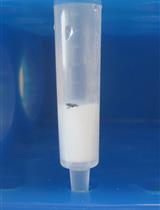

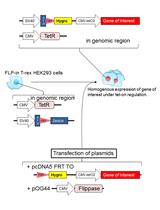
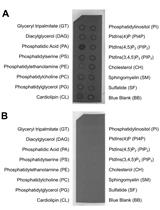
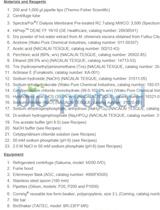
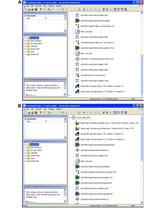
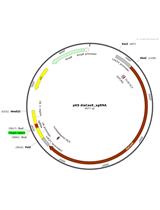

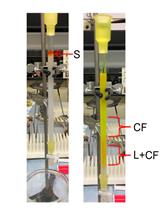
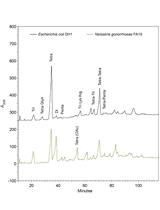


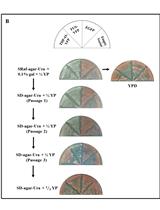

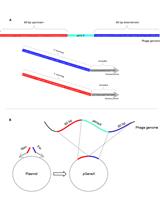

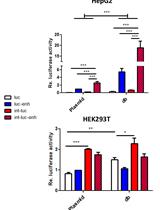


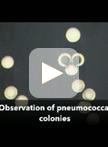



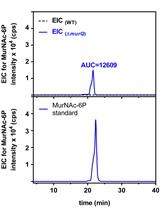
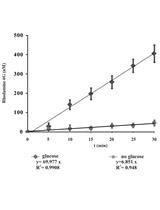
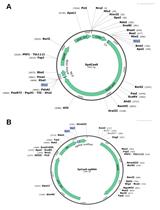
.jpg)
